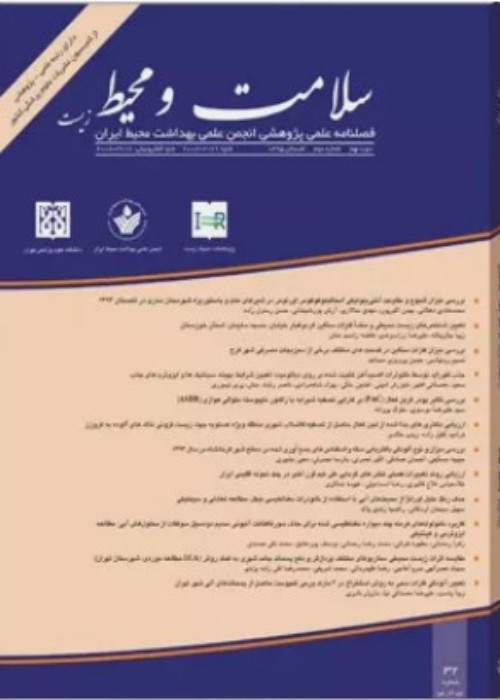Development of ILGAM model to predict generation and methane emission from landfill
Various models have been developed to predict methane generation and emissions from landfills. Due to their simplicity, the minimum number of required data, and the accuracy of the outputs, First-order decay are the most common models to predict methane generation in landfill,. Three important parameters in modeling landfill gas generation using a first-order model are the total weight of waste buried in the landfill, the methane generation potential, and the methane generation rate constant. The purpose of this research was to accurately estimate the parameters of the first-order model and to optimize it for estimating methane generation in the landfill and also to develop the ILGAM software.
ILGAM model consists of two submodels: 1) the gas generation sub-model and 2) the methane oxidation sub-model. The methane oxidation sub-model is based on the MOT model. The gas generation sub-model is based on a first-order equation with an emphasis on the contribution of the aerobic process in the estimation of the ultimate methane potential of waste. The parameters of the equation were modeled using the latest available results in the literature. To evaluate the model, the actual methane emission and methane oxidation were measured in the Karaj landfill. The results of the model, along with a few common models, were compared with actual data obtained from the Karaj landfill.
The ILGAM model predicted the gas emission from the Karaj landfill with an error of 5.8%. In contrast, LandGem, IPCC and CLEEN models predicted the methane gas emission from the Karaj landfill with an error of 74.4%, 40.2%, and 27.1%, respectively.
When compared to other models, the ILGAM model estimated the closest values to actual measurements for methane emission and methane oxidation in the Karaj landfill. Owing to its user-friend Graphical User Interface (GUI), the model can be easily executed in a wide range of landfills by entering a few easy-to-measure data in the field.
- حق عضویت دریافتی صرف حمایت از نشریات عضو و نگهداری، تکمیل و توسعه مگیران میشود.
- پرداخت حق اشتراک و دانلود مقالات اجازه بازنشر آن در سایر رسانههای چاپی و دیجیتال را به کاربر نمیدهد.


